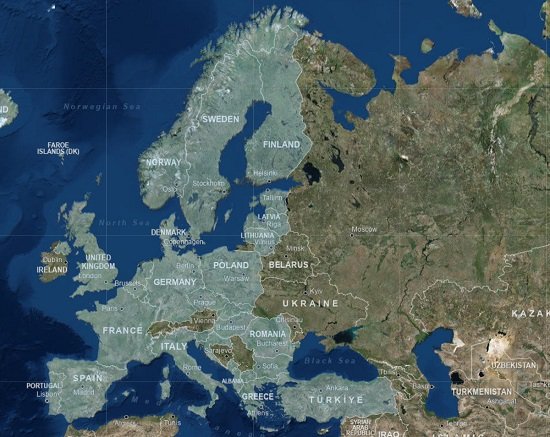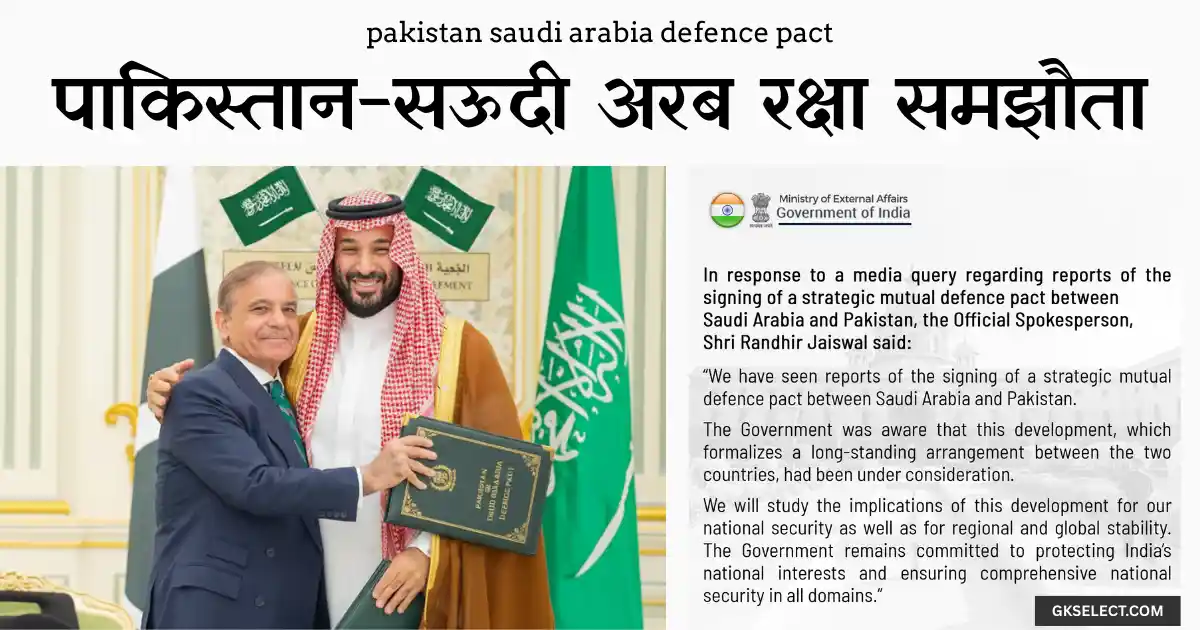छह NATO देश (नॉर्वे, पोलैंड, फिनलैंड, लातविया, एस्तोनिया, और लिथुआनिया) अपने देशों की security बढ़ाने और रूस के साथ अपनी borders पर tensions को manage करने के लिए एक 'coordinated drone defence system' बनाने की planning कर रहे हैं। इस 'Drone Wall' project का aim देशों की borders को military provocations और drug trafficking जैसे possible threats से safer बनाना है।
Context and Background
ड्रोन वॉल का idea दुनिया भर में चल रहे wars, जैसे यूक्रेन में war, के दौरान सामने आया। यह claim किया जाता है कि रूस यूक्रेन पर "hybrid warfare" tactics का use कर रहा था। Hybrid warfare का मतलब traditional military force और non-military tactics, जैसे cyber-attacks और false news फैलाना, दोनों का use करना है। इस defence system की need तब clear हुई जब warfare में GPS jamming, sabotage, और other unfriendly actions के repeated cases देखे गए। NATO group का मानना है कि रूस पड़ोसी देशों को less stable बनाने की attempts कर रहा है।
Drone Wall Implementation
रूस की border वाले सभी NATO देश इस 'drone wall system' में participant होंगे, जो नॉर्वे से लेकर पोलैंड तक जाएगी। लिथुआनिया की Interior Minister Agne Bilotaite ने अपने peers के साथ बातचीत के बाद इस plan को bring up किया। Borders को enemy countries के drones से safe रखने के लिए, system की requirement यह है कि यह drones को stop करे।
Technological and Strategic Significance
Drones और counter-drone systems का strategic use countries की border को possible attackers से secure करने के लिए important है। एस्तोनिया के Interior Minister ‘Lauri Laanemets’ ने बताया कि आज की दुनिया में wars drone technology का use करके कैसे लड़ी जा रही हैं, जो विशेष रूप से यूक्रेन conflict में clear था। Drone technologies का मतलब defence system को improve करना, sovereignty protect करना और साथ ही non-traditional forms of fighting से protect करना है।
NATO Support and Initiatives
यह project NATO की larger strategy के साथ fit होता है जिसका goal NATO countries की air और missile defences को stronger बनाना है। हाल ही में, पोलैंड ‘European Sky Shield Initiative’ में join हुआ। इस project का goal एक integrated air defence system बनाना है ताकि warfare में drone firing की situation को tackle किया जा सके, और Israel के Iron Dome जैसा system build किया जा सके। यह दिखाता है कि NATO union अपने territories को drones और missiles से protect करने के बारे में quite serious है।
NATO-Russia Border Defense
Military Investments and Enhancements: कई NATO member countries ने अपनी militaries को रूस या किसी enemy country के खिलाफ अपनी border defence system stronger बनाने के लिए बहुत पैसा spend किया है। 2014 में रूस द्वारा Crimea पर take over किए जाने के बाद से, पोलैंड ने defence पर spending significantly raise कर दिया है। 2004 में, लातविया, एस्तोनिया, और लिथुआनिया NATO में join हुए, जिससे alliance की eastern border stronger हुई।
Strategic Initiatives and Deployments: 2017 में, पोलैंड और Baltic states की defence का एक very important part NATO’s Enhanced Forward Presence है। नॉर्वे में, Arctic और रूस 198 km की border share करते हैं। यह एक area है जिसका use NATO countries military drills के लिए करती हैं। NATO, 60 km लंबे Suwalki Gap को पोलैंड और लिथुआनिया के बीच एक vital corridor के रूप में देखता है।
Regional Security Dynamics: लातविया, एस्तोनिया, और लिथुआनिया के NATO में join होने के बाद से Baltic states की security improved हुई है। पोलैंड का growing military spending दिखाता है कि NATO की eastern defence policy कितनी important है। Arctic में रूस और नॉर्वे के बीच की line अभी भी NATO की military drills और security efforts का centre है।




